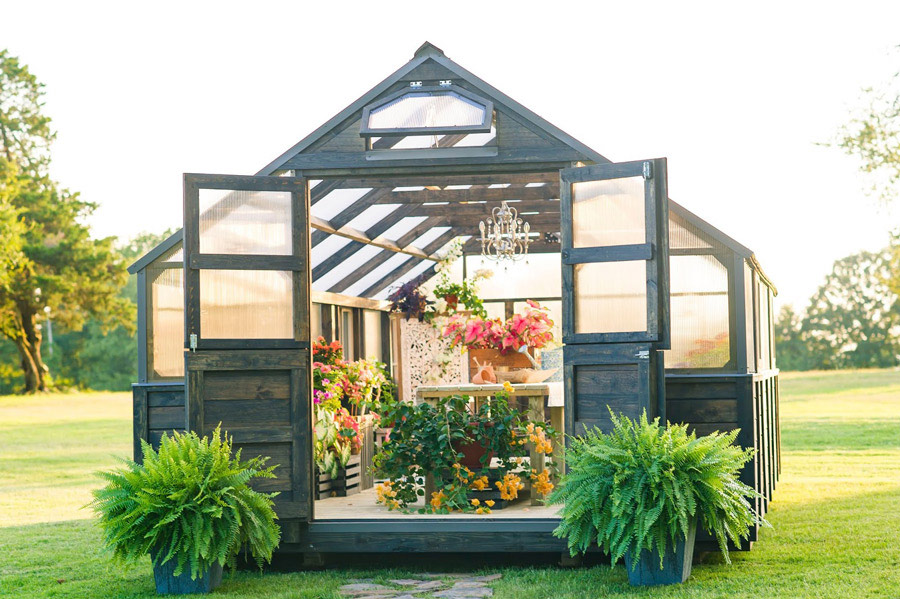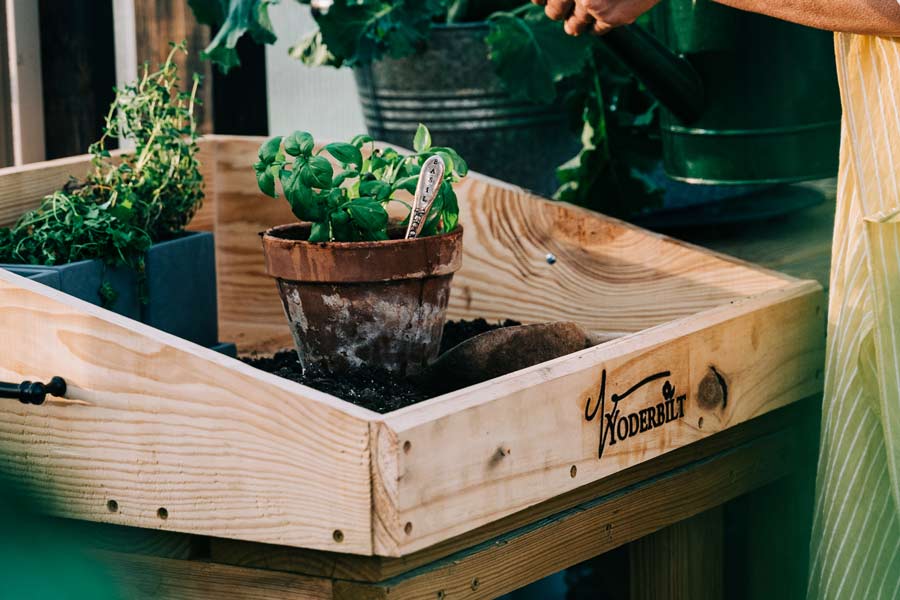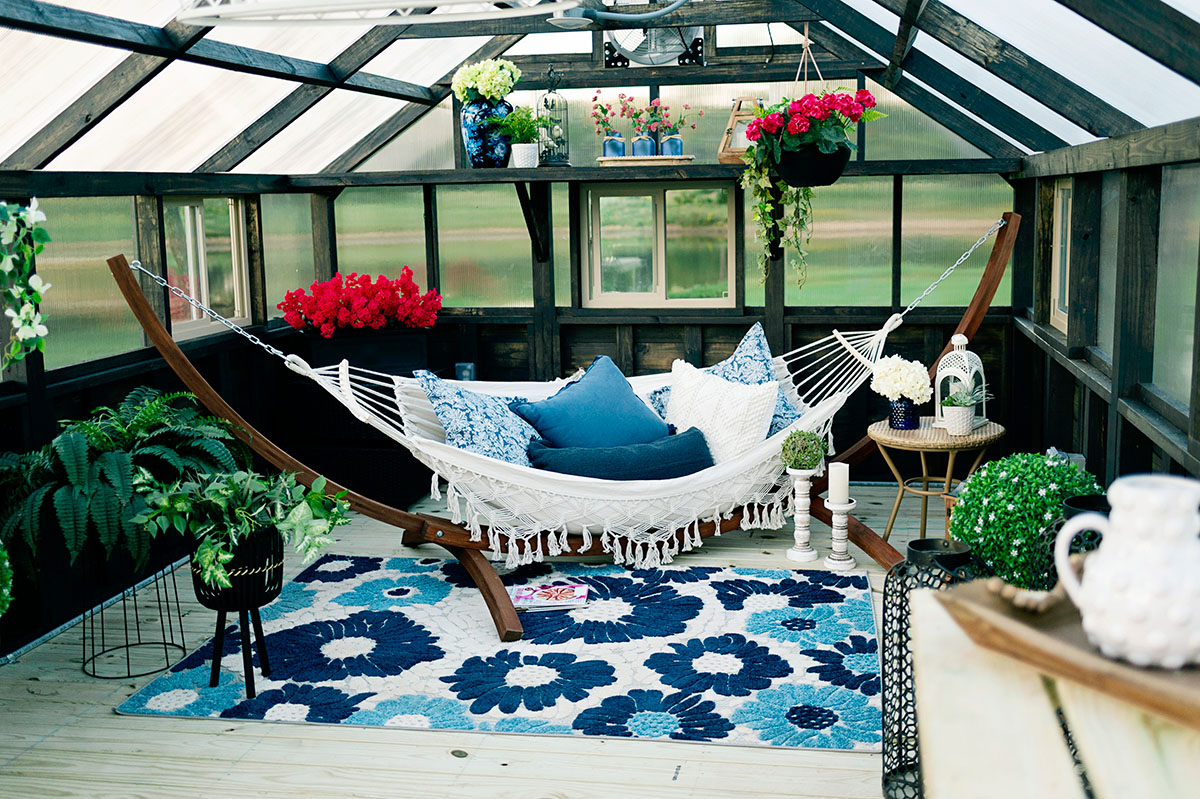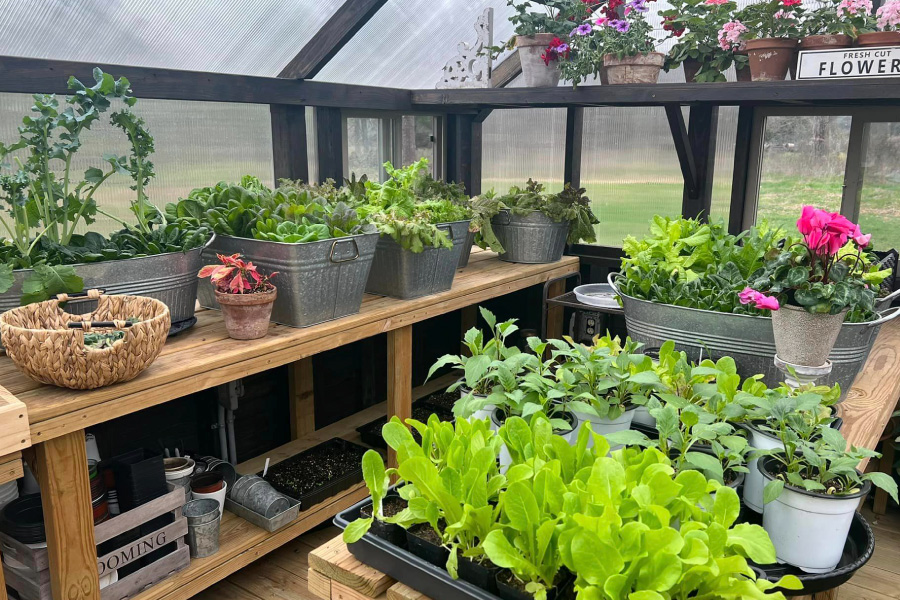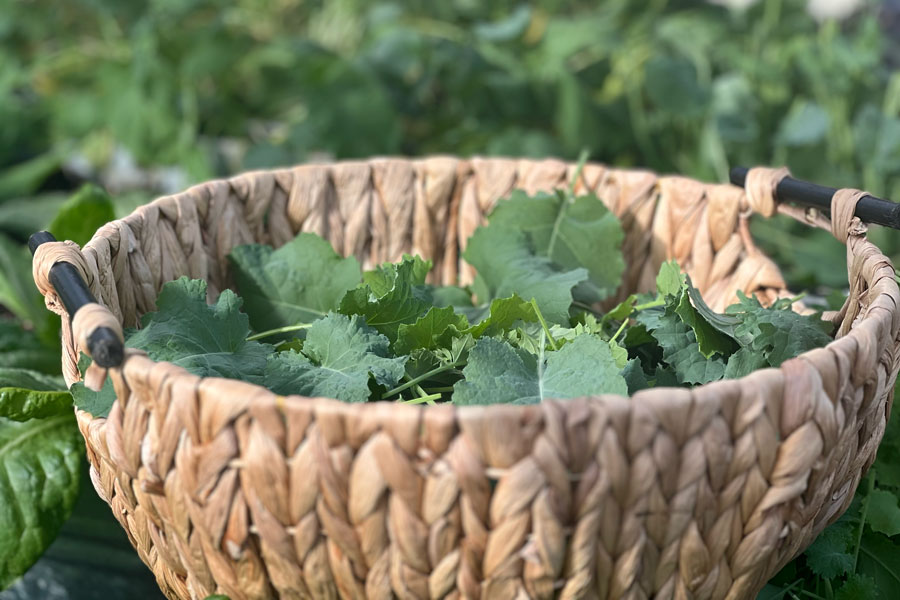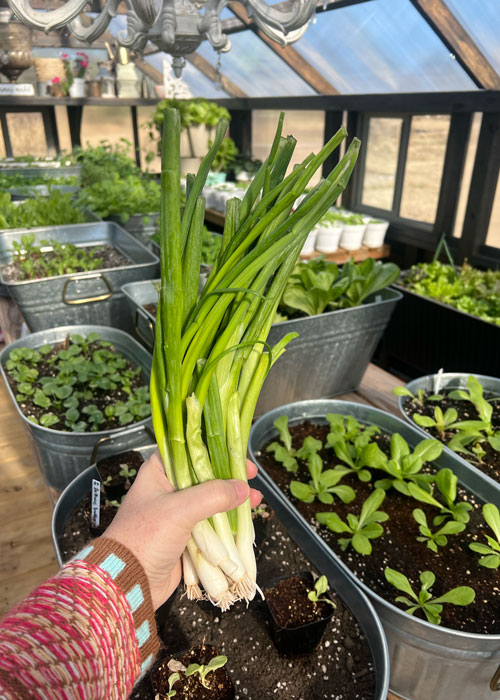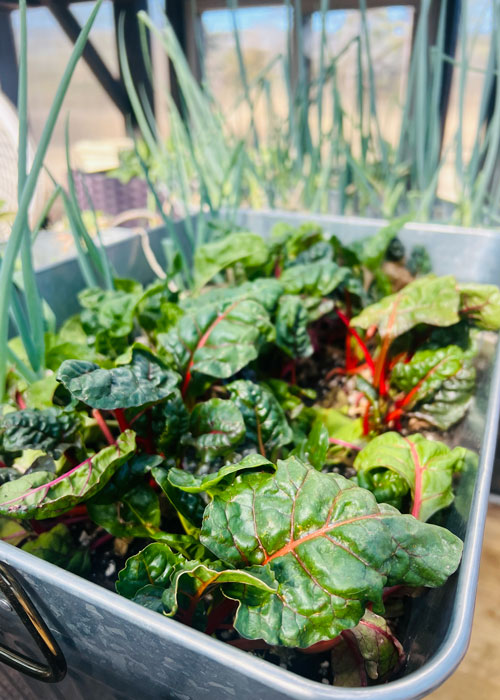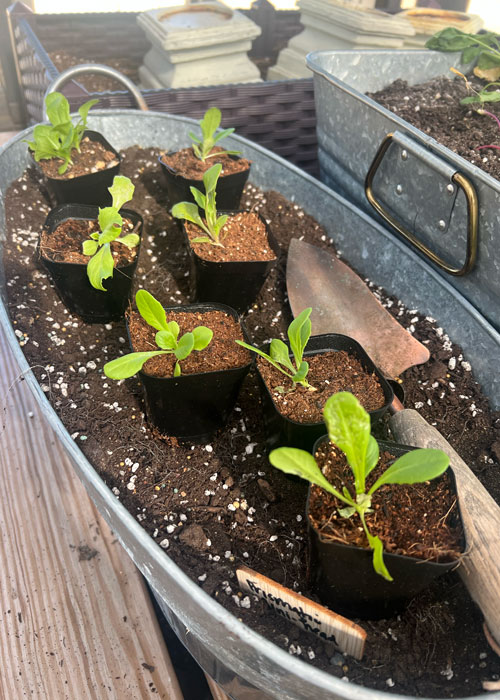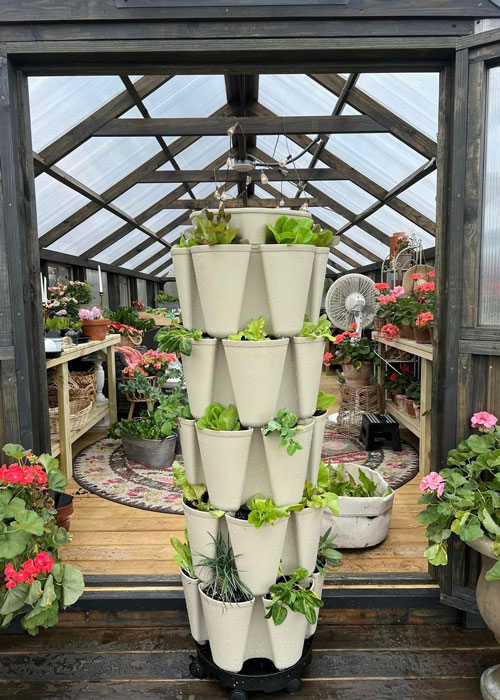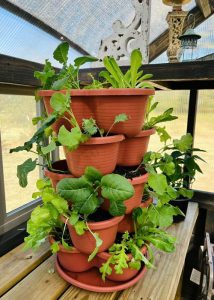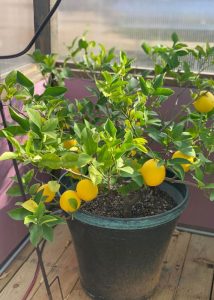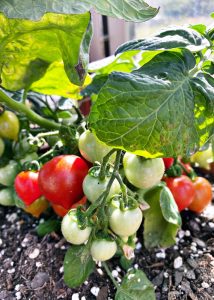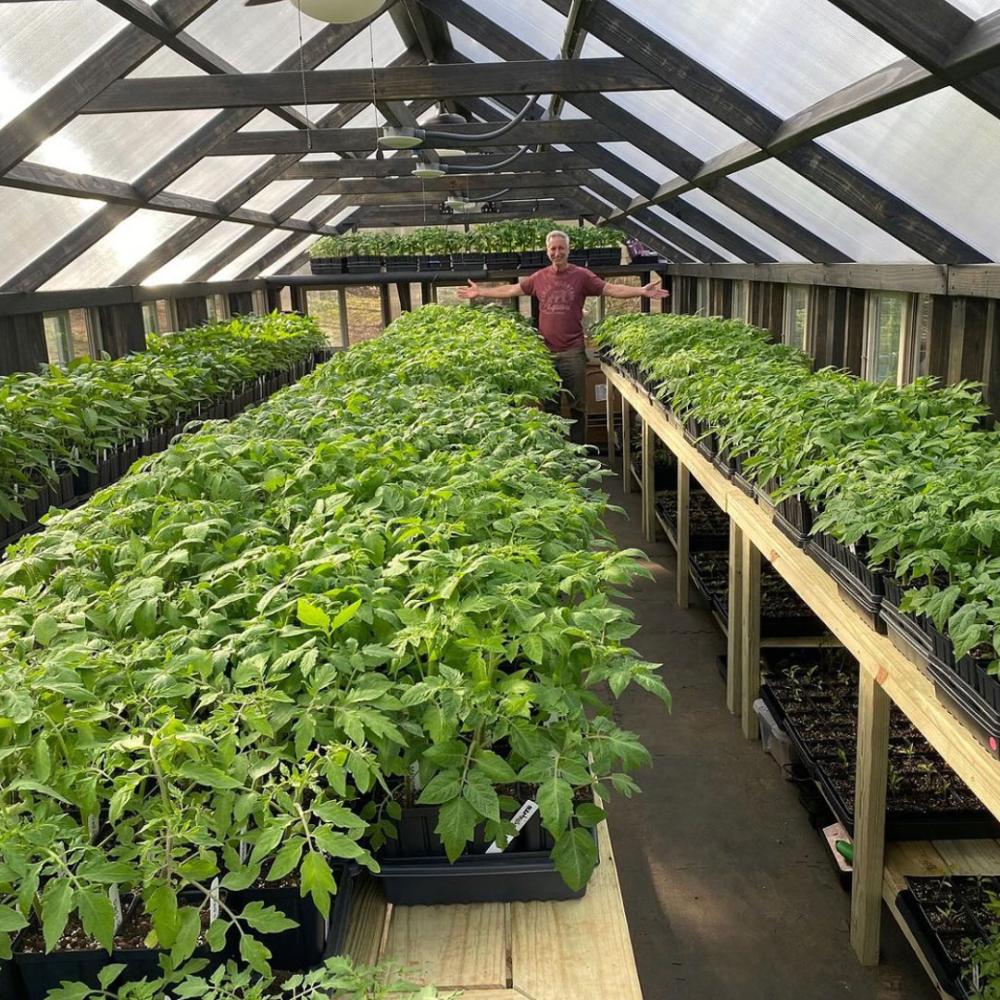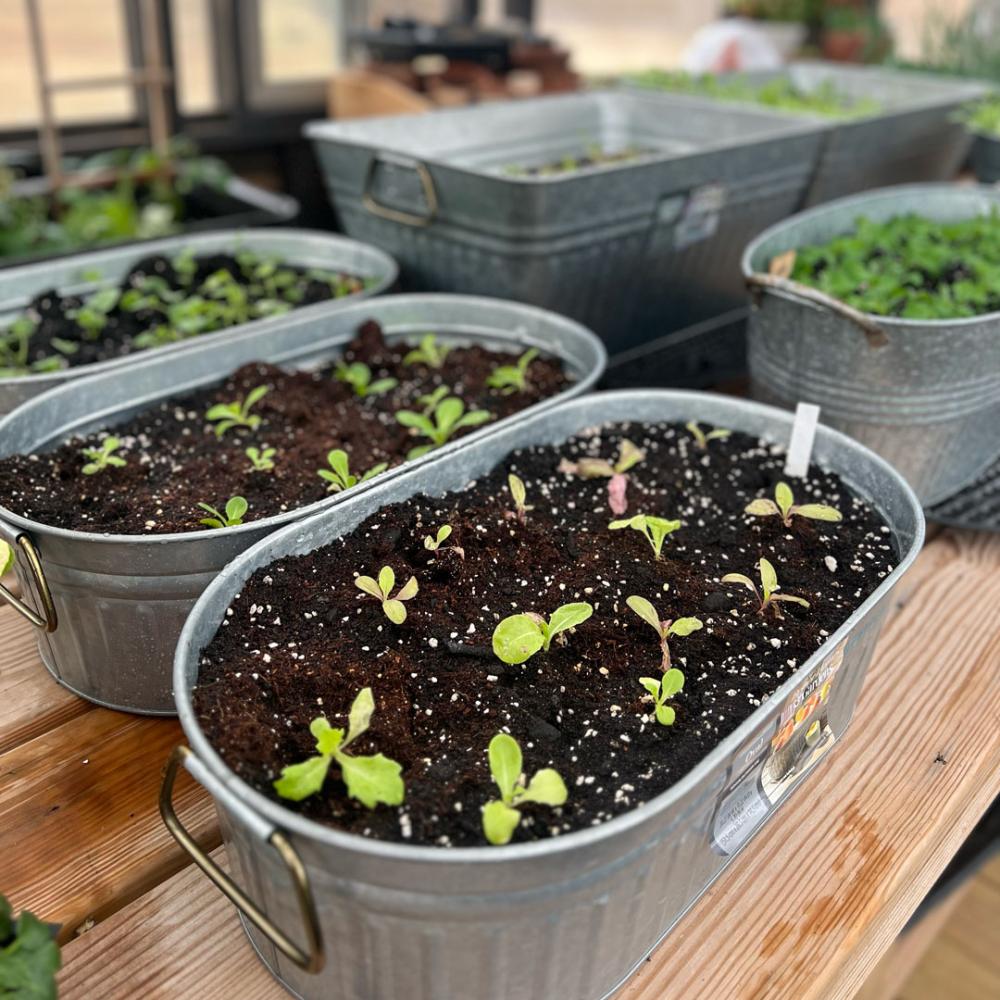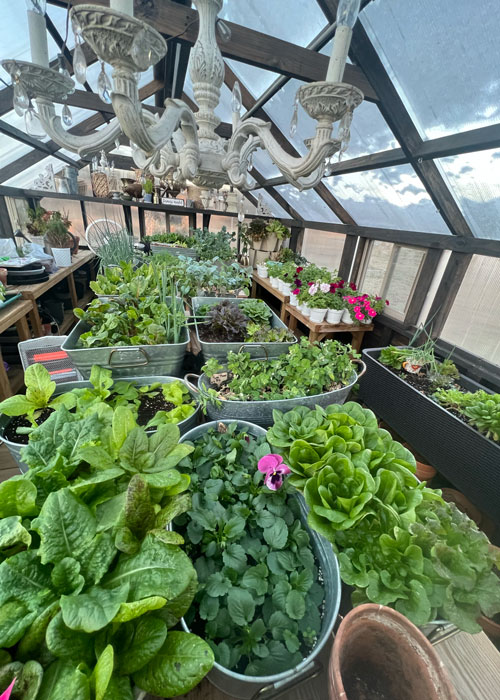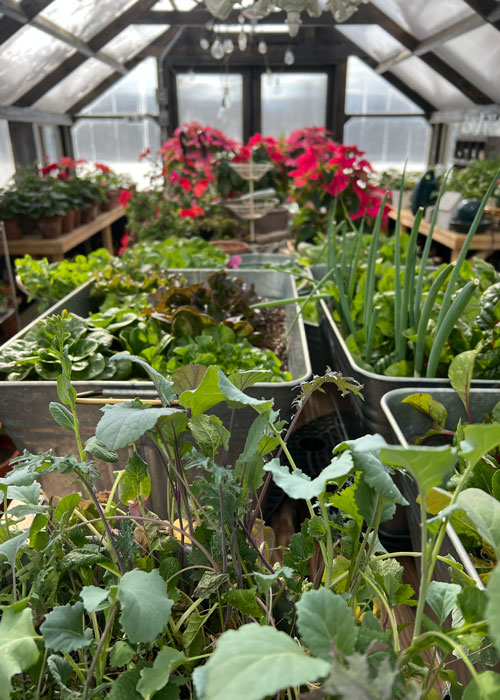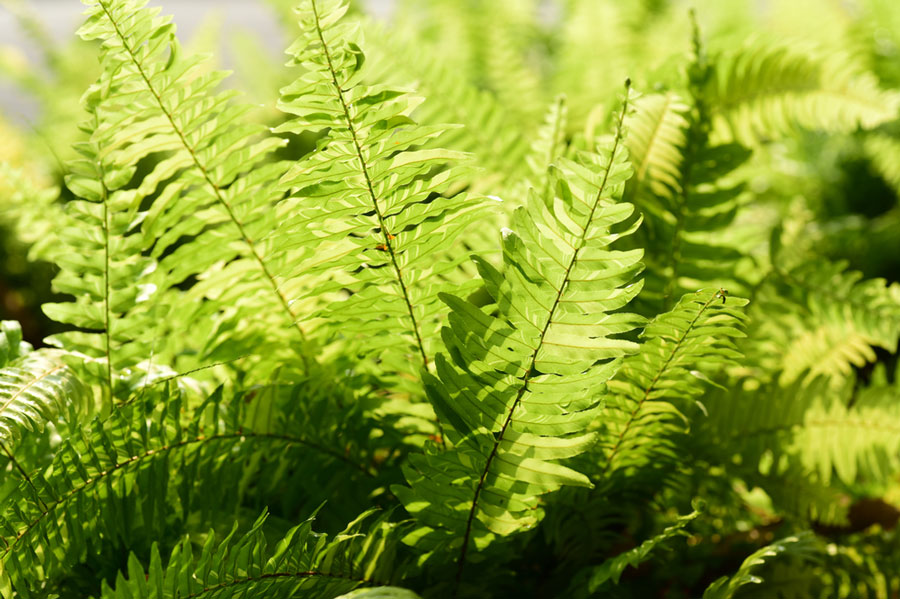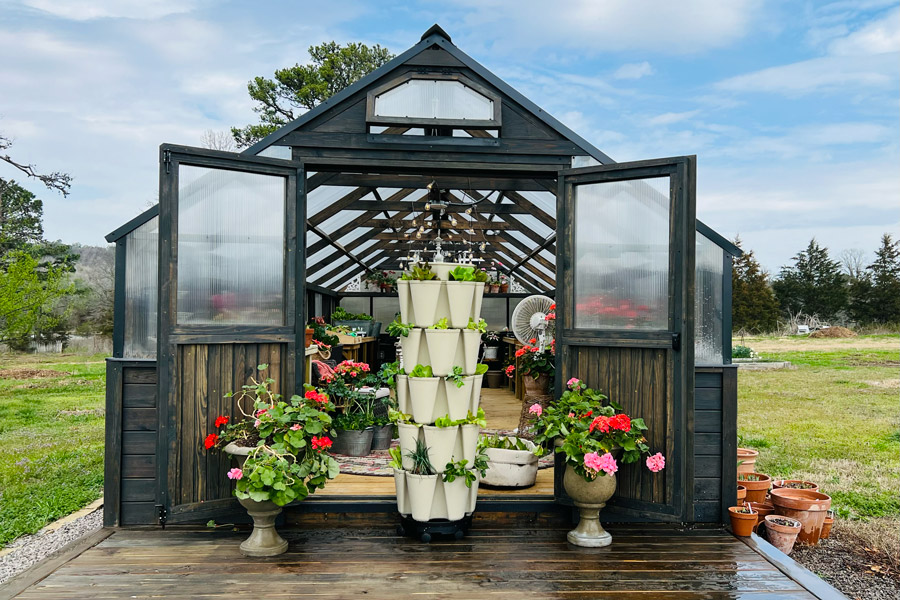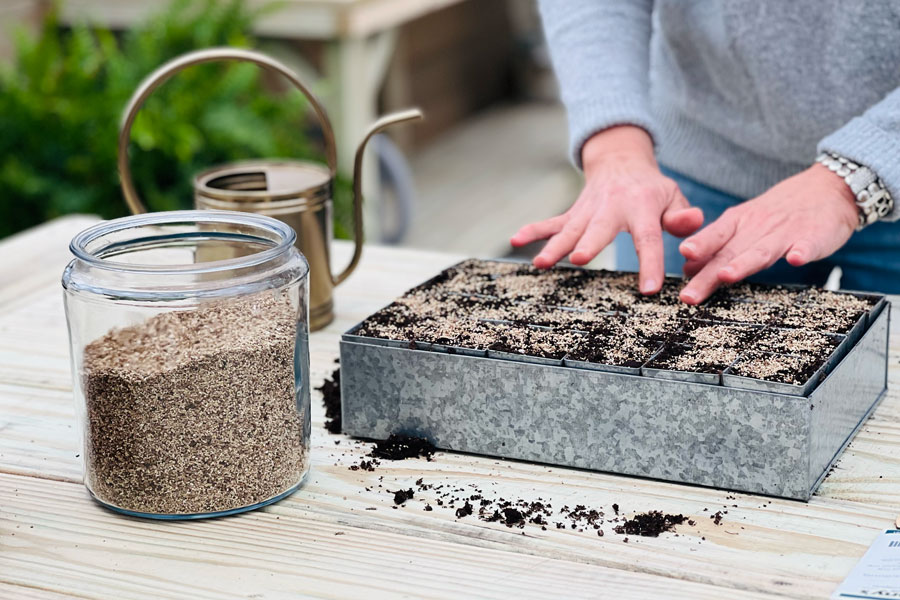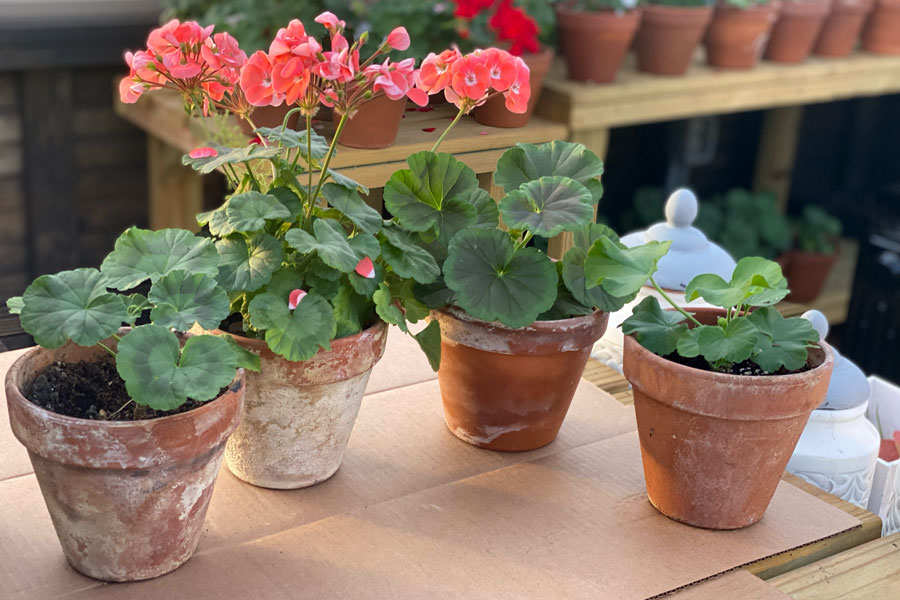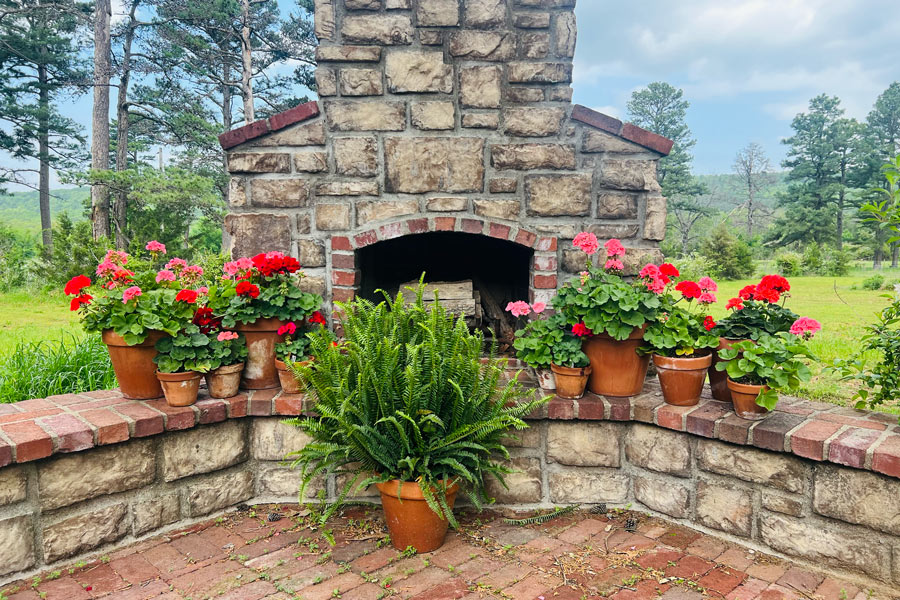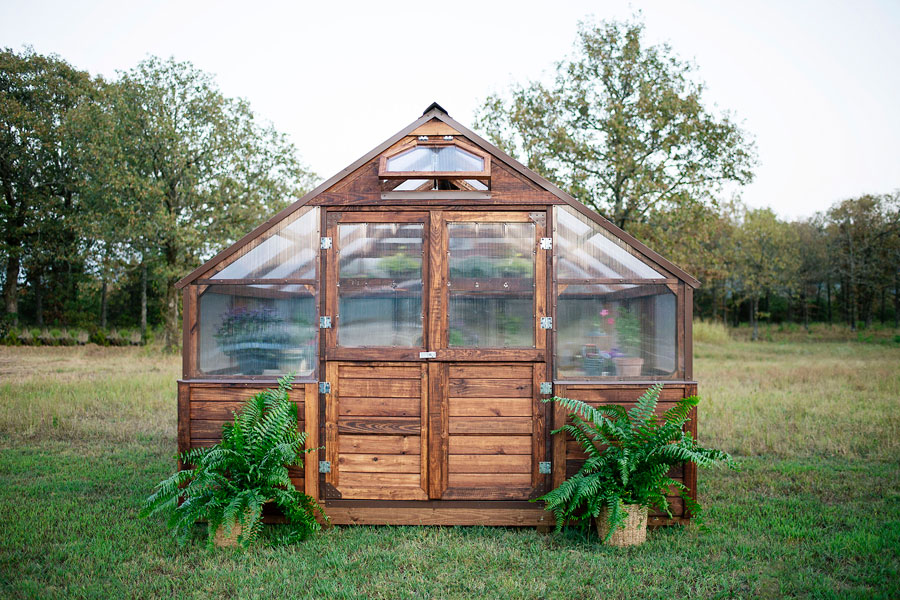Growing Your Own Food in a Greenhouse
In recent years, there has been a resurgence of interest in growing one's food, and for good reason. With increasing concerns about food security, environmental sustainability, and health, many individuals and communities have turned to gardening as a solution. It will be hard for us to erase the images from very recent years of empty produce sections and grocery store shelves. For most of us, that was the first time in a lifetime we had ever witnessed that.
And it’s not just an image, but a very unsettling feeling even remembering those days. However, we continue to have random, unpredictable times in our local grocery store when either the produce is not there or is of not good quality.
In the United States, where food production and transport systems are complex and often unsustainable, the benefits of growing your food are particularly significant even without the disruption caused by a significant event. Adding a greenhouse into the equation further enhances the possibilities, especially for winter gardening and seed starting in transitional seasons like spring and fall. Some can even use a greenhouse year-round.
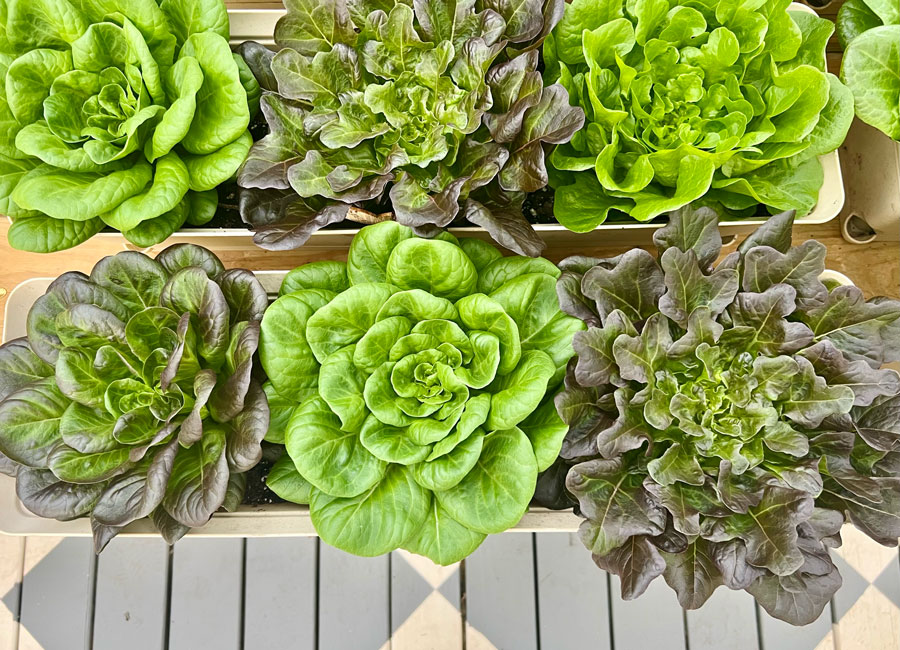
The Importance of Growing Your Own Food
Food Security
Growing your food ensures a more secure food supply, reducing reliance on global food chains that can be disrupted by factors such as climate change, natural disasters, or supply chain issues.
Health Benefits
Freshly harvested fruits and vegetables are richer in nutrients compared to produce that has been transported over long distances and stored for extended periods. Additionally, gardening provides exercise and stress relief, contributing to overall well-being.
From Seed to Table
Knowing every step of the growing and harvesting process comes with security in and of itself. It’s priceless to know the entire process of the food you are putting in your body and preparing for your family.
U.S. Food Production and Transport
The United States has a highly industrialized food system characterized by large-scale monoculture farming, extensive use of chemical fertilizers and pesticides, and long-distance transportation of goods. While this system has enabled the country to become a major food exporter, it is not without its drawbacks.
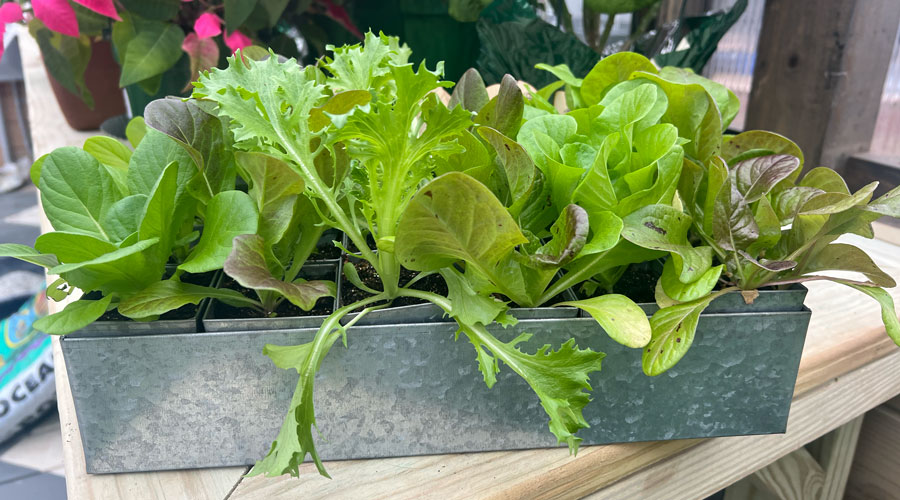
Food Focus: Lettuce
The Journey of Lettuce: From Farm to Fork in America
Lettuce, a staple in salads and a key ingredient in many dishes, primarily hails from two key regions in the United States: California and Arizona. These states are the powerhouses of lettuce production, supplying the majority of the nation's demand. However, the journey of lettuce from these farms to your table is fraught with challenges, particularly degradation during transport.
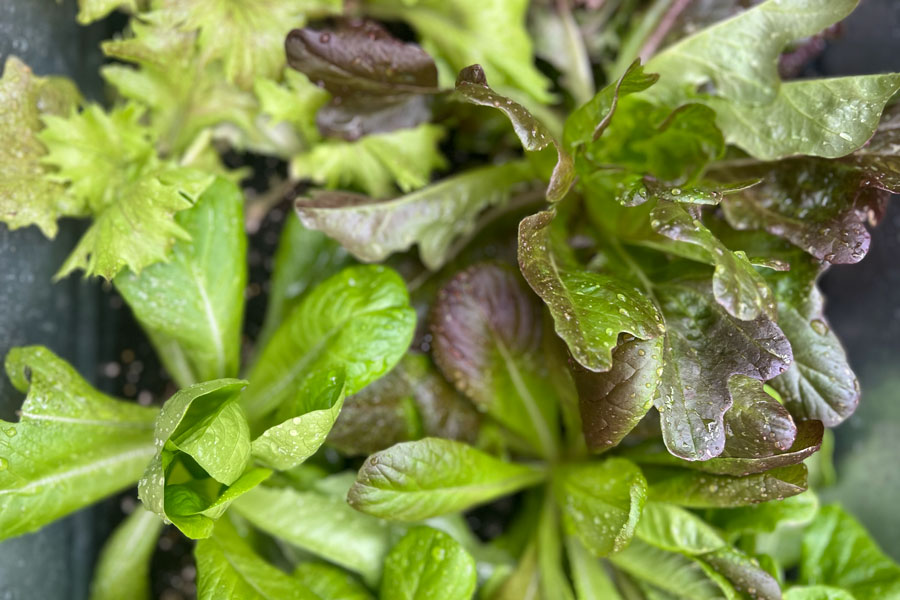
California and Arizona: The Heartlands of Lettuce
California's Salinas Valley, often dubbed the "Salad Bowl of the World," is responsible for producing nearly 70% of the lettuce in the United States. Its ideal climate, fertile soil, and advanced irrigation systems create perfect conditions for growing this leafy green. Arizona's Yuma County complements California's production, especially during the winter months, ensuring a year-round supply.
These regions are not just the backbone of American lettuce farming but also critical to maintaining the quality and freshness that consumers expect. The meticulous care in cultivation is essential; however, the real challenge begins once the lettuce is harvested.
Transporting lettuce from the West Coast to the East Coast of the United States typically takes about 5 to 7 days. And, there is a lot of ground in between those two points. This duration includes the time needed for harvesting, packaging, and actual transit. Lettuce is usually transported in refrigerated trucks to maintain its freshness and reduce spoilage during the journey. However, this timeline can vary based on factors such as logistical efficiency, weather conditions, and potential delays in the supply chain.
Despite refrigeration, the nutritional quality of lettuce can still decline over this period, emphasizing the importance of efficient and rapid transportation methods to preserve its freshness and nutritional value.
The Degradation Dilemma in Transport
Lettuce is a delicate crop, highly perishable, and sensitive to temperature and handling. From the moment it is picked, the clock starts ticking on its freshness. The transportation process can significantly impact the quality of lettuce by the time it reaches grocery stores and, eventually, your kitchen.
Nutritional Content
The nutritional decline in lettuce and greens during transportation across America is a significant concern, as these vegetables are highly perishable and sensitive to environmental conditions. Once harvested, leafy greens begin to lose their nutritional value, including vital vitamins such as vitamin C, vitamin K, and folate, as well as antioxidants and other phytonutrients. The longer the transit time and the more exposure to fluctuating temperatures and suboptimal storage conditions, the greater the nutrient degradation.
Additionally, the respiration rate of these vegetables can accelerate during transportation, leading to further loss of moisture, crispness, and overall quality. This decline not only diminishes the health benefits of the produce by the time it reaches consumers but also contributes to increased waste as freshness and taste are compromised. Ensuring a tightly managed cold chain and minimizing transportation time is critical to preserving the nutritional integrity of lettuce and greens as they move from farm to table.
Temperature Control
One of the most significant factors in preserving lettuce quality during transport is temperature control. Lettuce needs to be kept consistently cool, ideally between 32°F to 36°F. Even slight deviations from this range can accelerate spoilage, leading to wilting, browning, and loss of crispness. Unfortunately, maintaining this temperature across long distances and through various transit phases is challenging.
Handling and Packaging
Improper handling and packaging also contribute to lettuce degradation. Rough handling can bruise the leaves, creating entry points for pathogens and accelerating decay. Effective packaging solutions are crucial to protect the lettuce from physical damage and to maintain a controlled atmosphere around the produce.
Time Sensitivity
Time is another critical factor. The longer the lettuce spends in transit, the more it degrades. Ideally, lettuce should move from farm to retailer within a few days, but logistical issues, such as delays in shipping, customs checks, and distribution, can extend this period, compromising the lettuce's quality.
The journey of lettuce from the verdant fields of California and Arizona to your plate is complex and fraught with potential for degradation. While these two regions excel in producing high-quality lettuce, ensuring that this quality is preserved through the transport process is a significant challenge. Through continued innovation and stringent control measures, the industry strives to deliver fresh, crisp lettuce to consumers, maintaining the delicate balance of freshness and flavor that makes lettuce such a beloved staple in American cuisine.
Food Waste
A significant portion of the food produced in the US goes to waste due to factors such as overproduction, spoilage during transportation, and consumer behavior. This wastefulness further strains the environment and exacerbates food insecurity.
The Role of Yoderbilt Greenhouses
Yoderbilt Greenhouses offer a sustainable solution to many of the challenges associated with traditional gardening, especially in regions with harsh winters or short growing seasons.
Extending the Growing Season
With a Yoderbilt Greenhouse, gardeners can extend their growing season well beyond the typical frost dates both going into and out of winter.
Protection from Pests and Extreme Weather
The controlled environment provided by a greenhouse helps protect plants from pests, diseases, and extreme weather events, reducing the need for chemical interventions and ensuring higher yields.
Seed Starting and Propagation
Yoderbilt Greenhouses are ideal for starting seeds and propagating plants, providing the warmth and humidity needed for successful germination and early growth. This capability is especially valuable in spring and fall when outdoor conditions may not be optimal for seedling development.
My Personal Journey to Provide Homegrown Greens for my Family Throughout Winter
Two years ago, my journey to grow winter greens for my family began after I had used my greenhouse for a few years and knew that it could be a winter workhorse and completely replace any of the greens I usually had on my weekly shopping list. This decision was further motivated by the increasingly erratic availability and quality of produce at our local grocery stores, where empty shelves and subpar vegetables had become all too common. And, with no known significant event causing it. It was nothing that could be planned for because these occurrences were so random. Determined to ensure a reliable supply of fresh, nutritious greens, I dove in and was so excited to do so!
Since then, I have successfully grown a huge supply and array of winter greens, not only providing for my family but also sharing the surplus with friends and extended family. The Yoderbilt greenhouse has proven to be an invaluable asset, allowing me to grow an incredible variety of leafy greens, from kale and spinach to arugula and chard, even in the depths of winter. This endeavor has resulted in significant cost savings, as we've negated our reliance on store-bought produce. Beyond the financial benefits, growing our own greens has brought a sense of accomplishment and security, knowing we have a consistent supply of fresh, healthy food. This experience has been so rewarding that I am committed to continuing this practice for years to come, ensuring my family always has access to the best winter greens.

